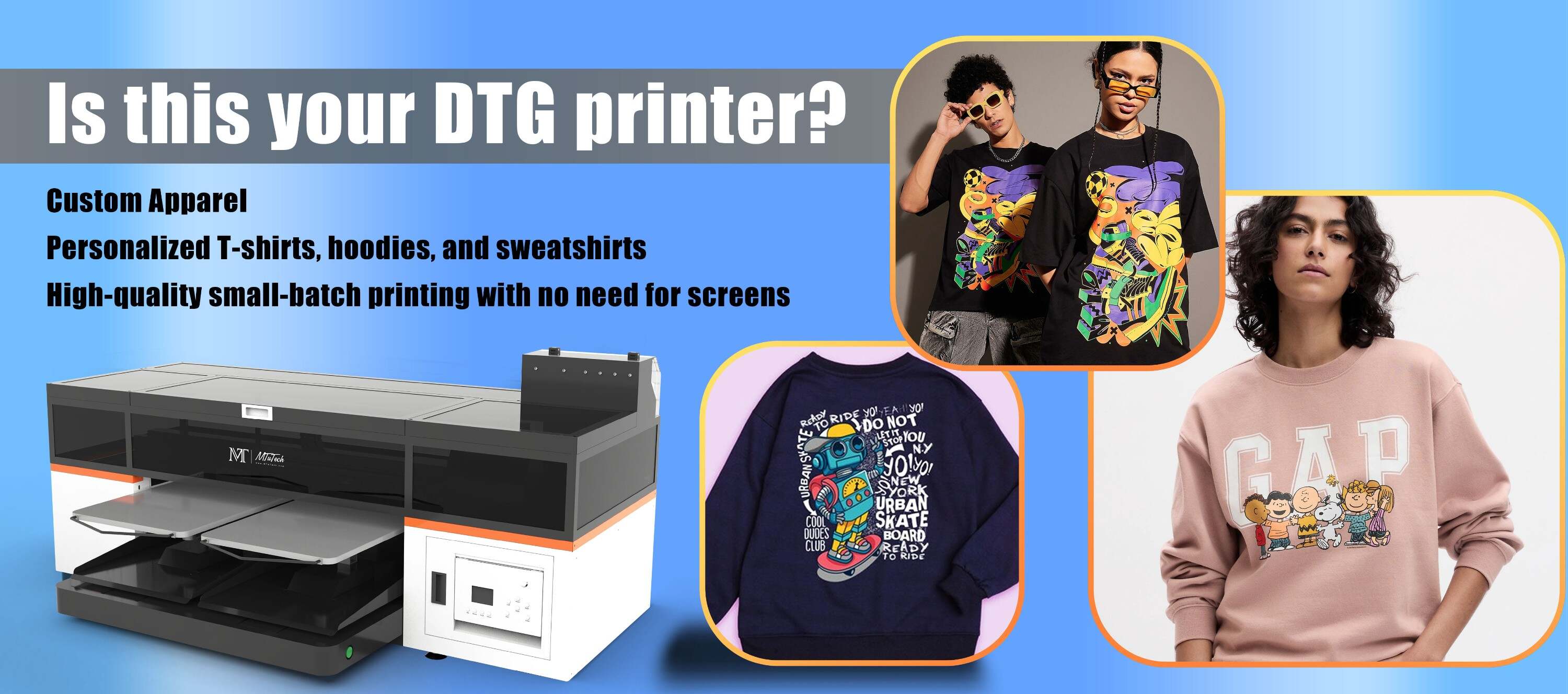Direct to Garment (DTG) printing has been a game-changer in the textile printing industry. It allows detailed, vibrant prints directly onto fabric, providing excellent results for graphics and photos. While DTG printing has many advantages, one challenge many printers face is creating special effects like puff and metallic finishes. In this blog, we will explore easy methods to add puff and metallic effects to your DTG prints. Learn how you can elevate your creations with these fascinating finishes!
Introduction
DTG printing is a digital process that prints directly onto a textile or garment. It's comparable to traditional screen printing but offers more flexibility and precision. However, to add that extra sparkle or embossed look, we will learn how to apply puff and metallic effects after DTG printing.
Benefits of Puff and Metallic Effects
Adding puff and metallic effects to your DTG printing projects can offer numerous benefits:
Increased aesthetic appeal: Adding puff or metallic effects elevates the design, making it more visually appealing.
Differentiation: These special effects allow your products to stand out from regular prints, giving you a competitive edge in the market.
Versatility: Puff and metallic effects can be applied to a variety of designs and fabrics, making them versatile choices for embellishment.
Adding Puff Effects after DTG Printing
Step-by-step guide:
The puff effect is a 3D effect that makes the design appear raised or puffed out from the fabric's surface. Here is a step-by-step guide on how to add puff effects after DTG printing:
The puff substance, usually a heat-reactive underbase, is applied before the print.
The DTG printer is then used to print the design over this base layer.
Once the printing process is complete, the garment is heated. The underbase reacts to the heat and puffs up, giving the print an embossed effect.
By using this simple method, you can give your DTG prints an exciting 3D look.
Adding Metallic Effects after DTG Printing
Step-by-step guide:
Metallic effect involves adding a shimmering finish to your designs. The key ingredient in achieving this effect is metallic foil. Here is a step-by-step process on how to apply a metallic effect to your DTG prints:
First, print your design normally using the DTG printer.
Next, apply an adhesive to the areas of the design where you want the metallic finish.
Press a sheet of metallic foil onto the adhesive and apply heat and pressure using a heat press.
Once the foil cools, peel it away. The foil will stick to the adhesive, leaving a metallic finish on the print.
The resulting design will have a stunning, shimmering metallic look, enhancing your design's visual quality.
Conclusion
DTG printing is an excellent technique for creating detailed and vibrant prints. Adding puff or metallic effects can elevate your prints further, making them more appealing and marketable. These techniques are simple yet effective ways of enhancing your DTG prints.
FAQs
Can I add puff or metallic effects after DTG printing on any fabric?
Yes, you can add puff and metallic effects after DTG printing on most fabric types. However, the success and quality of the finish may depend on the fabric's thickness and heat resistance.
What other special effects can I add to DTG printed designs?
Besides puff and metallic effects, you can also explore foil, gloss, glitter, and reflective effects. Each of these could add a unique touch to your design.
Can I add these effects using a regular DTG printer?
A regular DTG printer will print your design perfectly. To add puff or metallic effects, you would need additional materials like a heat-reactive underbase or metallic foil and adhesive, as well as a heat-press machine.

